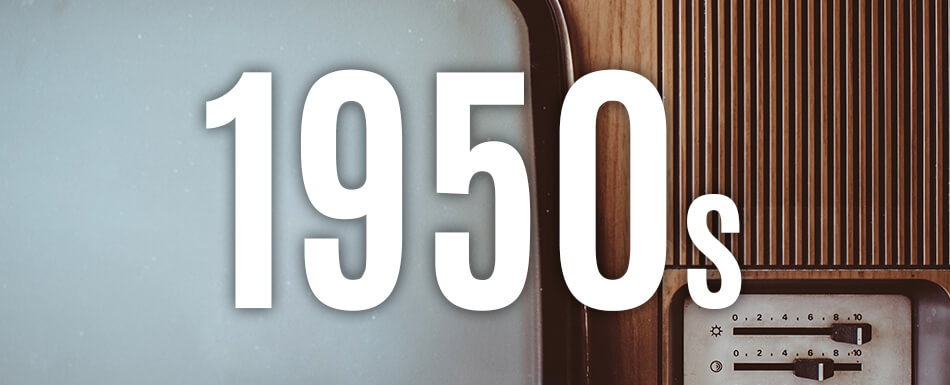
Men’s Shoes Of The 1950’s
Recent years have seen 50’s fashion and style become increasingly mainstream as a resurgence of 1950s replicas and influences are seen on the high street. This is true for homewares, womenswear and menswear.
Fashion became more of something to enjoy now the austerity of the war had ended. There are several styles of note in this decade, many of which you will probably recognise as styles that you enjoy wearing today.
Chelsea boots
They actually hold their roots in Victorian times. In 1851 J.Sparkes-Hall designed a boot with an elastic panel. There are a few disputes over who invented ‘elastic’, yet in Sparkes-Hall’s patent he claimed that ‘Queen Victoria walks in them daily and thus gives the strongest proof of the value she attached to the invention”
The boots were the first of their kind that utilized the invention of vulcanised rubber – or elastic. They were revolutionary as they allowed the wearer to slip boots on and off easily.
During the 1950’s, a bohemian set of young artists, musicians and socialites began frequenting Kings Road. This youth culture held a lot of media interest because of their trendsetting ways and the boots soon became known as men's Chelsea Boots.
The Beatles frequently wore them, and with the global influence soon turned the boots into a trend and fashion staple that is still popular today.
Brothel Creepers
There are several theories on why this men’s shoe holds the name it does.
It is said that the thick, crepe soles are inspired by the boots worn by Army soldiers. Their boots had thick soles to accommodate for the desert terrain in Africa, where they were posted during WW2. It is suggested that on their return that they frequented Kings Cross and Soho that were red light districts of London and this is how they got their name.
However, several influential historians have suggested that the named ‘Creepers’ are due to the crepe that the sole is made from.
The shoes were brought into the forefront of 50’s fashion by the Teddy Boys who wore them with drainpipe jeans, gravity defying quiffs and flamboyant jackets. The creeper shoes remained popular throughout the 60’s and 70’s, and revived by Malcom McLaren and the emergence of Punk.
Winklepickers
In Britain, a popular seaside snack are winkles, which are picked off rocks with a pin. The sharply pointed toe is similar to the tool used to pick the winkles, hence the unusual and slightly bizarre name for these shoes. Usually worn in boot form, the style became synonymous with rock and roll style.
Two Toned Brogues
These shoes became popular with swing dancers, entertainers and jazz/soul musicians. Two tone men's brogues often were in brown and white but as fashion became more and more progressive, a more varied colour palette was used in this style.